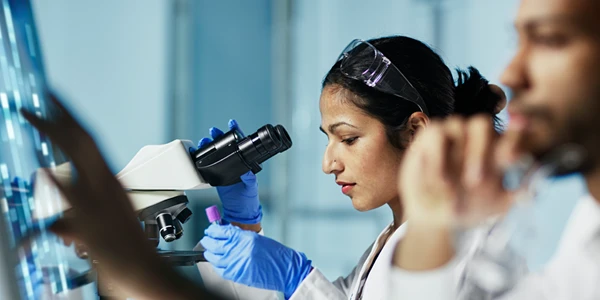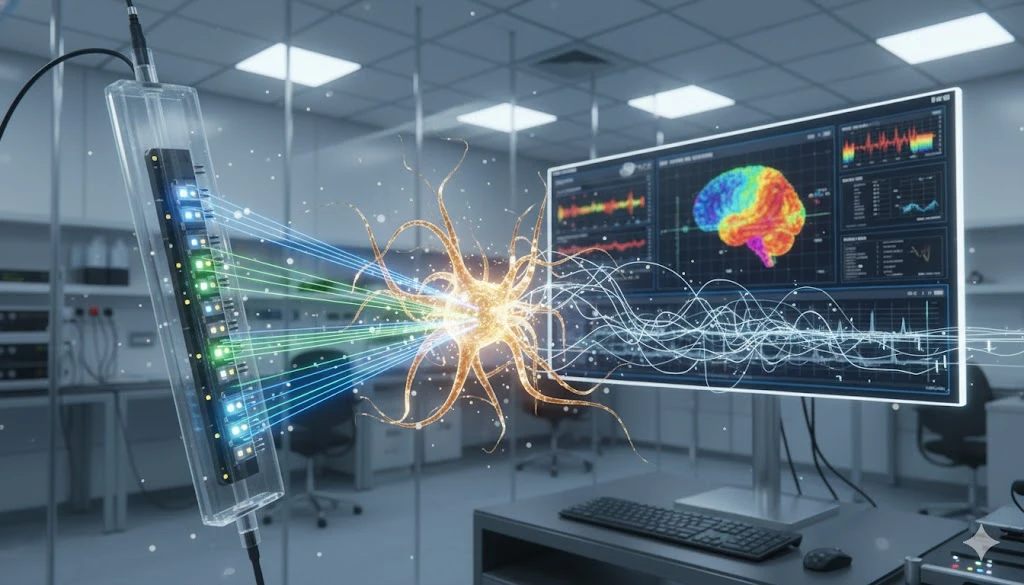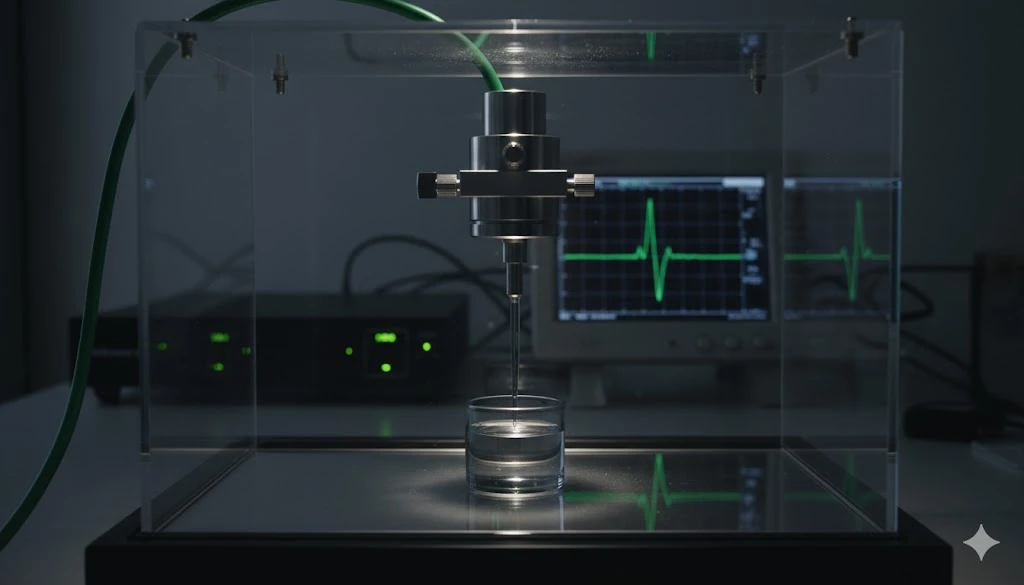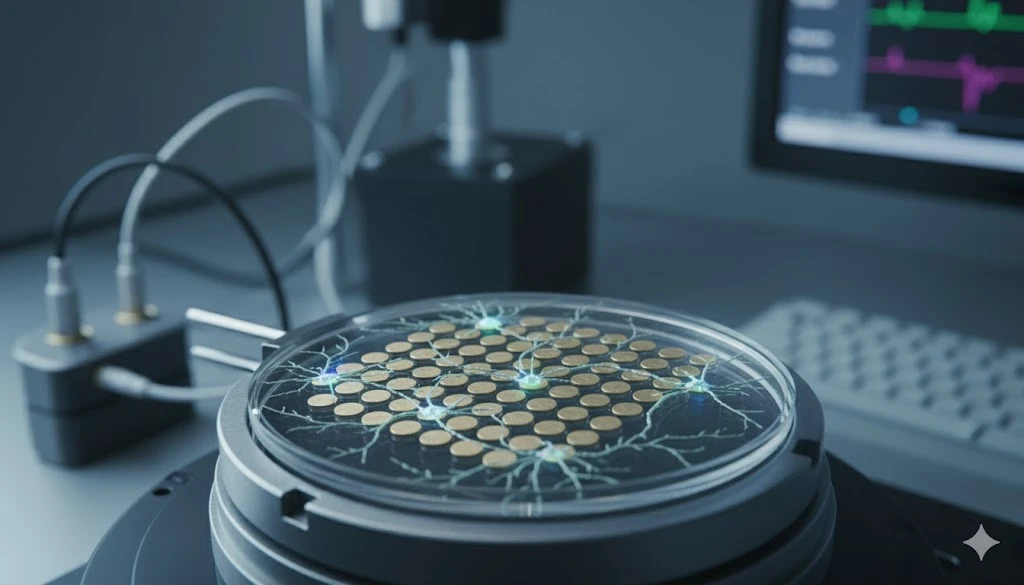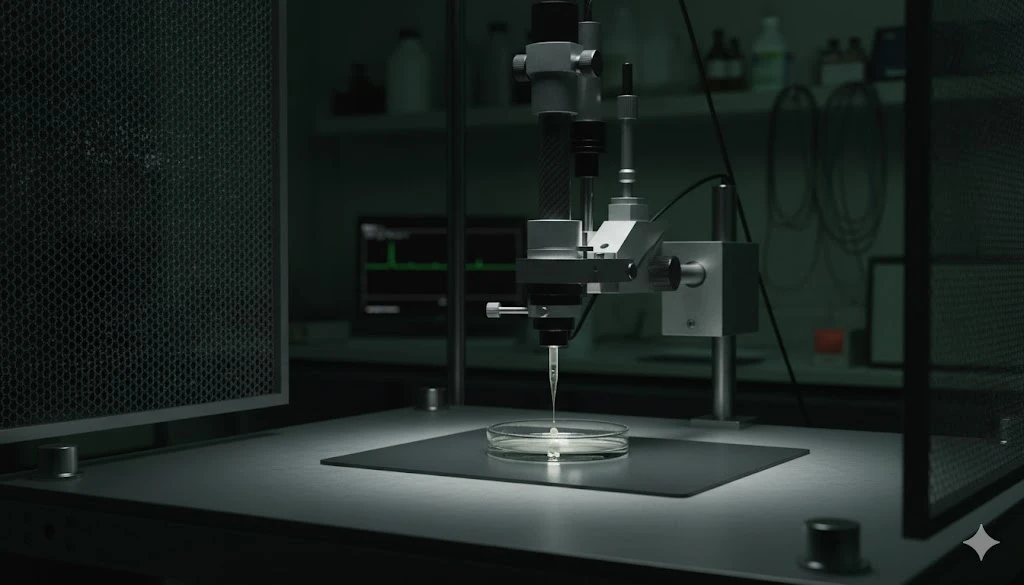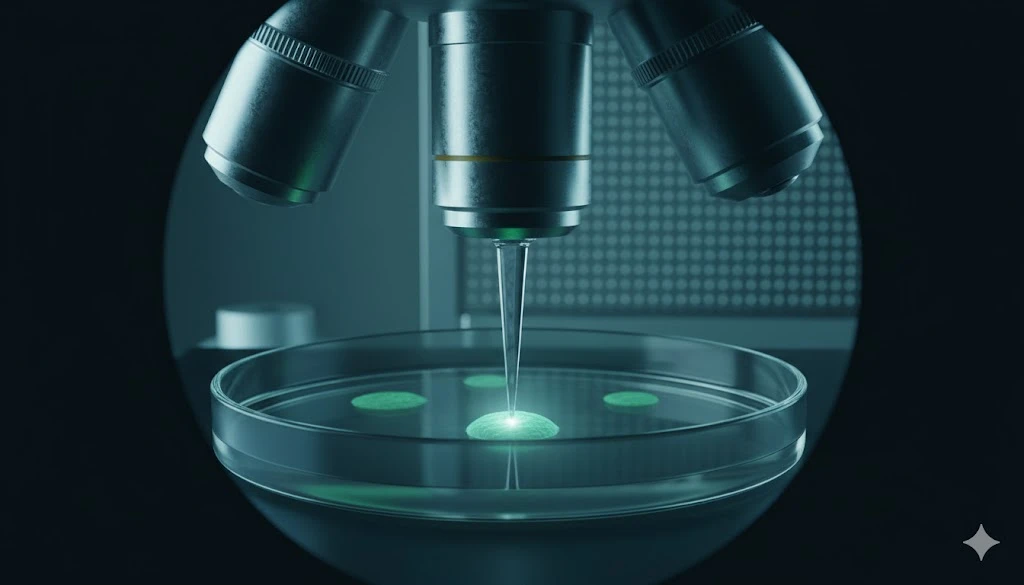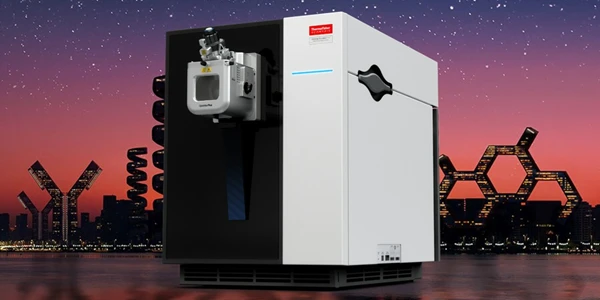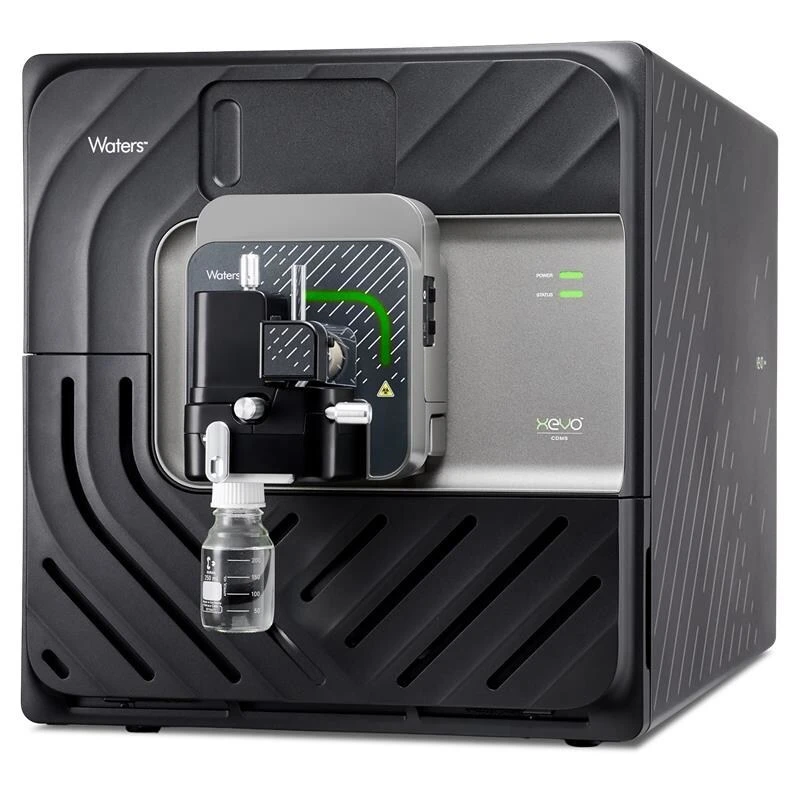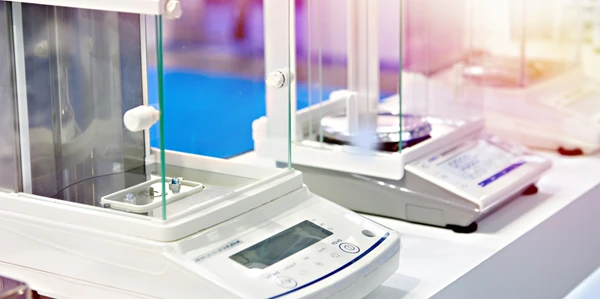How have Lab Equipment Digital Marketplaces Evolved
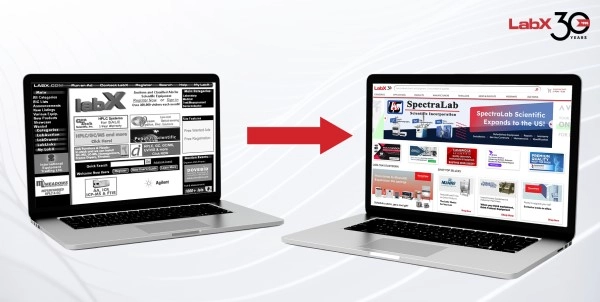
From improved search functions to artificial intelligence, digital marketplace have grown immensely over the years
From the first microscopes to modern automated technologies, the tools of scientific research have evolved tremendously over the years. With that evolution, the market for selling and buying laboratory equipment has also grown. Whether its improved search functions or better access to used or refurbished equipment, digital marketplaces like LabX have changed over the years to best connect buyers and sellers of even the most esoteric instruments.
Origin of digital marketplaces/lab equipment marketplaces
The advent of the internet brought a host of changes. Not the least of which was a seismic shift in how we shop. While the 70s and 80s were dominated by malls and supermarkets, the early 2000s introduced digital marketplaces. As an innovator in this space, sites like LabX.com started providing a digital marketplace specifically for lab equipment.
Prior to digital marketplaces, the acquisition of lab equipment was very challenging. Often, researchers were forced to rely on surplus stores, trade shows, or their own innovations to find or build the equipment they needed. By connecting original equipment manufacturers (OEM) with researchers, digital spaces have helped build a stronger relationship between these often-disparate groups. This consumer-manufacturing connection has allowed OEMs to have a better sense of what researchers need in a timelier fashion. Additionally, researchers can requisition specialized equipment from some OEMs. The superior communication offered by bringing buyers and sellers together on digital marketplaces facilitates the manufacturing of needed or improved equipment faster than ever before.
In addition, digital spaces have improved access to and reach of OEMs. Now, researchers can search for the specific equipment they need at any time, and from anywhere. This not only helps find already-made devices, but also opens up channels of communication for OEMs to better understand what innovations are needed for novel research.
Growth of search functions
One of the greatest benefits of digital marketplaces is the ability to search across a directory of vendors, OEMs, and resellers. The search function has helped buyers find the exact equipment they need and sellers connect with their consumer base. This function provides easier access to niche equipment, fostering an environment where that equipment is produced competitively.
The provision to include images and specifications for any given product has, also, been a huge boon for researchers and OEMs. Images specifically have greatly aided the sale of used and refurbished equipment, opening that market in ways that were impossible before. Thanks to digital marketplaces, buyers can now find used or refurbished equipment from anywhere in the world, often being sold by other researchers.
Digital marketplaces have leaned into the sale of used equipment providing buyers with more security and confidence that what they are buying will be what they need. Prior to online shopping sites, buying used equipment was risky, as you often wouldn’t know for sure what you would end up getting. Sites like LabX.com have helped mitigate these risks by making it easier for customers to search listings, compare both quality and prices, and get a sense of the legitimacy of a vendor before committing to a purchase. These open marketplaces have forced OEMs to find novel ways to make equipment more affordable and driven them to build technologies that specifically address researchers’ needs, such as improved automation and user experience.
AI and tailored searching
Over the
past few years, the development of artificial intelligence (AI) has severely
disrupted both lab equipment and e-commerce industries. With AI, researchers
can process more data than ever before. So much so, that data procurement went
from outpacing data analysis to being the limiting factor almost overnight. Many
OEMs suddenly had to adapt and had to open up their intellectual property
or form partnerships with other companies to accelerate software development.
AI has also shifted how online marketplaces function: searching for equipment has become faster and more personalized. Sellers, OEMs, and resellers must provide the best offerings possible to remain competitive, as buyers are likely to be making purchasing decisions between reliable choices.
With sellers being forced to adjust to the disruptive force of AI and online search engines being more precise, pricing could get more competitive and lab equipment more accessible than ever before.
Conclusion
Technology, e-commerce, and now, AI are accelerating the interconnectivity between buyers and sellers. This, in turn, means that researchers can better communicate their needs, driving sellers to be more proactive and agile. Sellers can address buyer inquiries quicker and more efficiently than ever. We can only speculate as to how this relationship will grow and what benefits it will yield.
